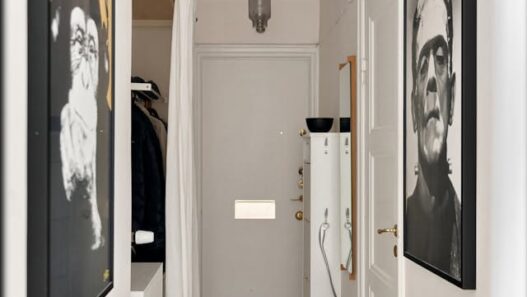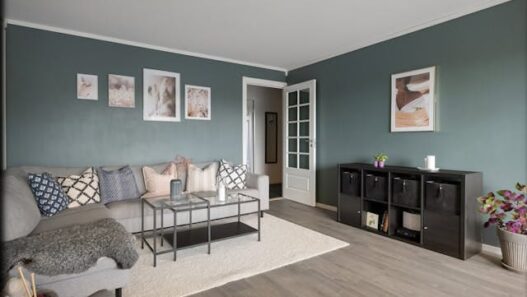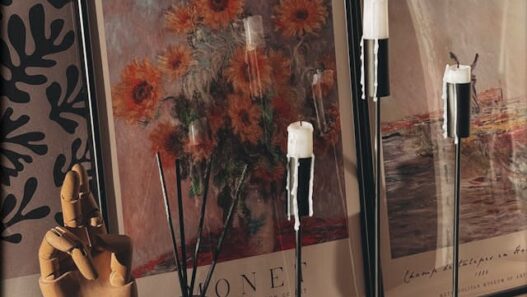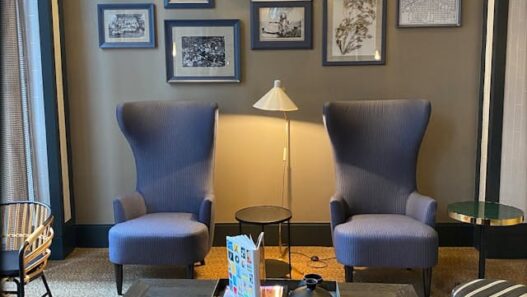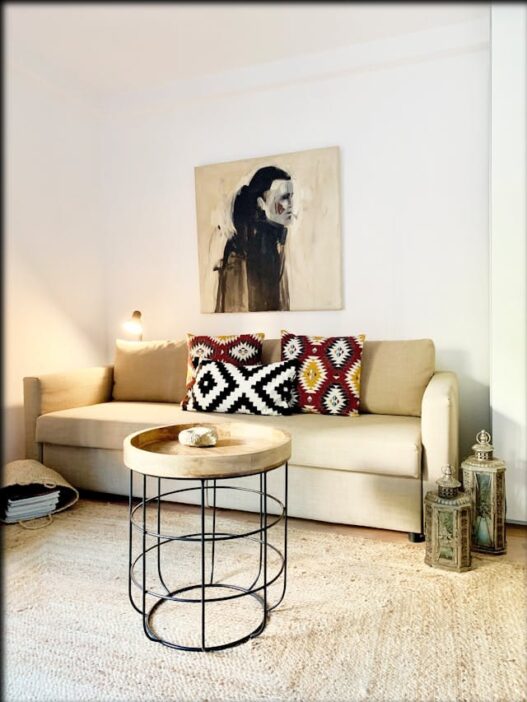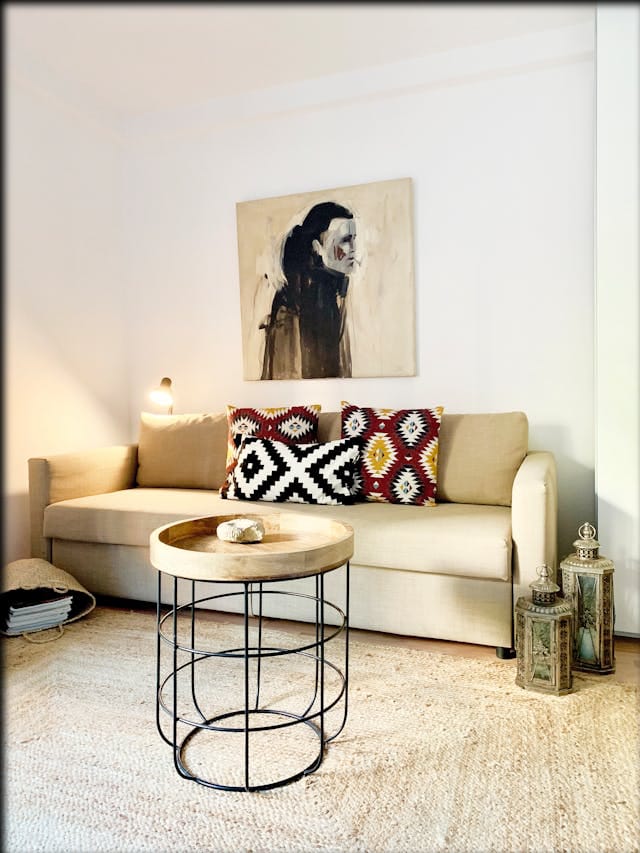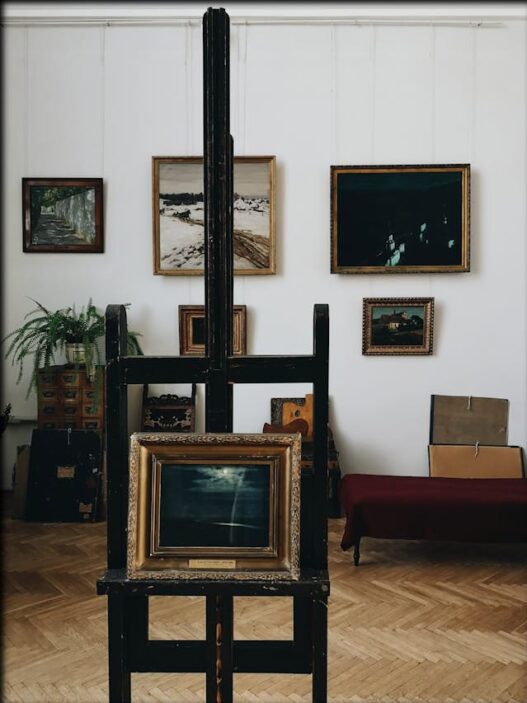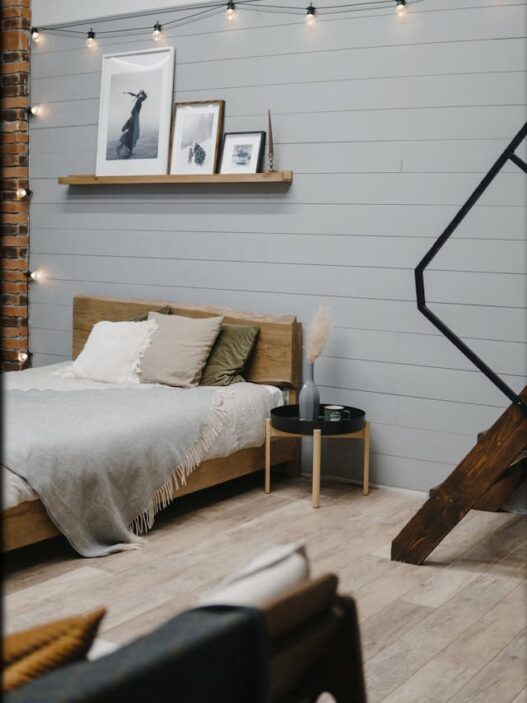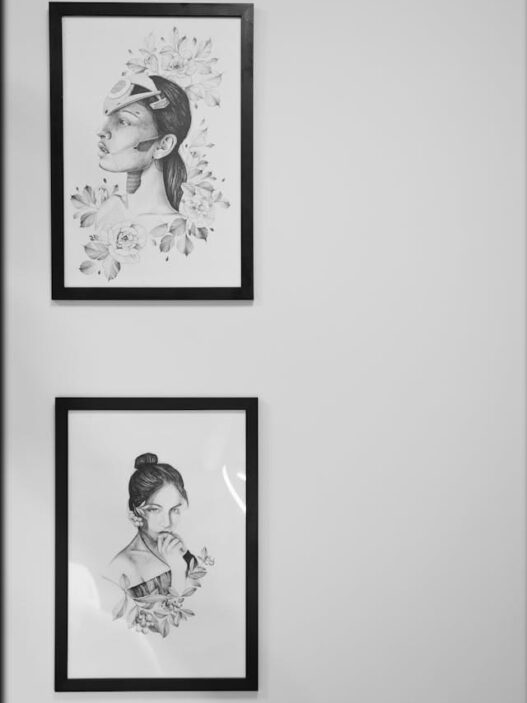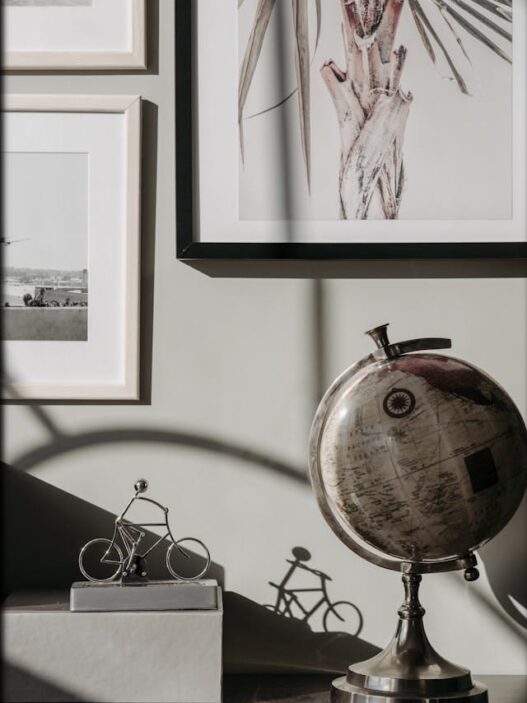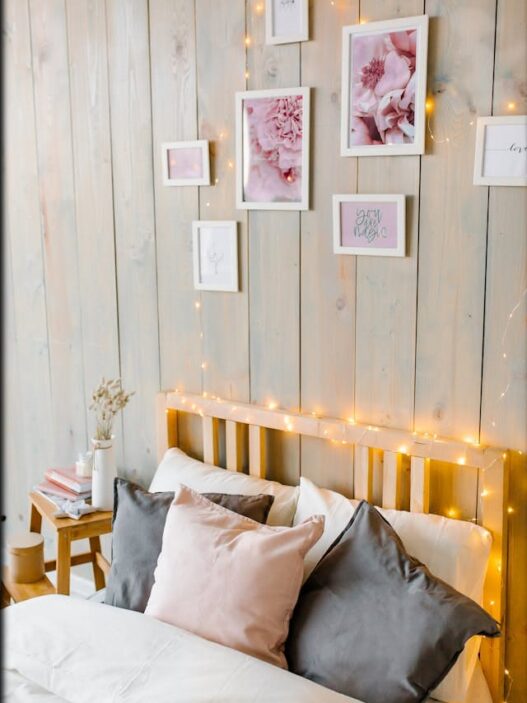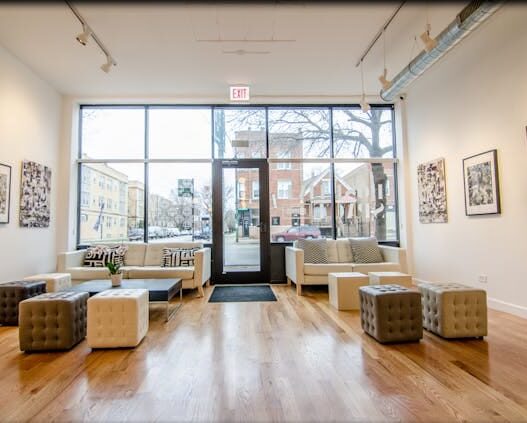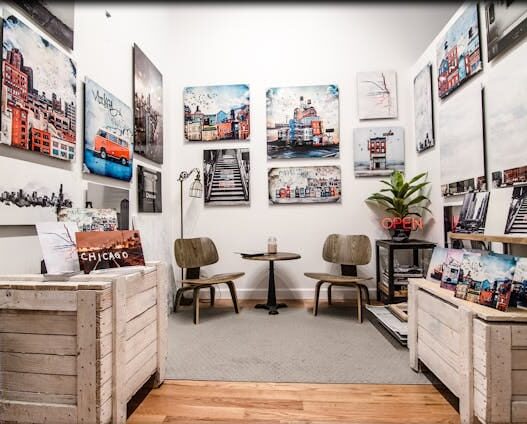-
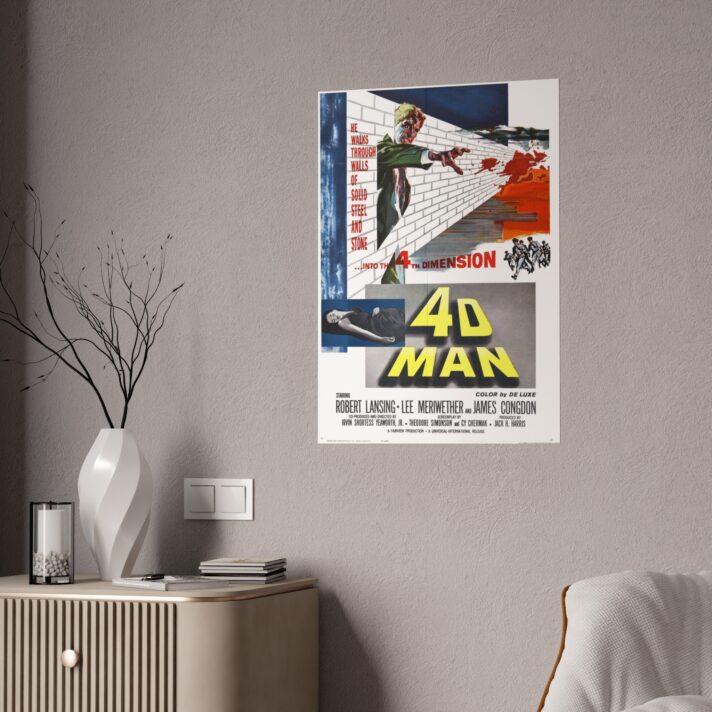

Vintage 4D Man Gloss Poster – Retro Sci-Fi Wall Art
Price range: $20.00 through $32.00 -
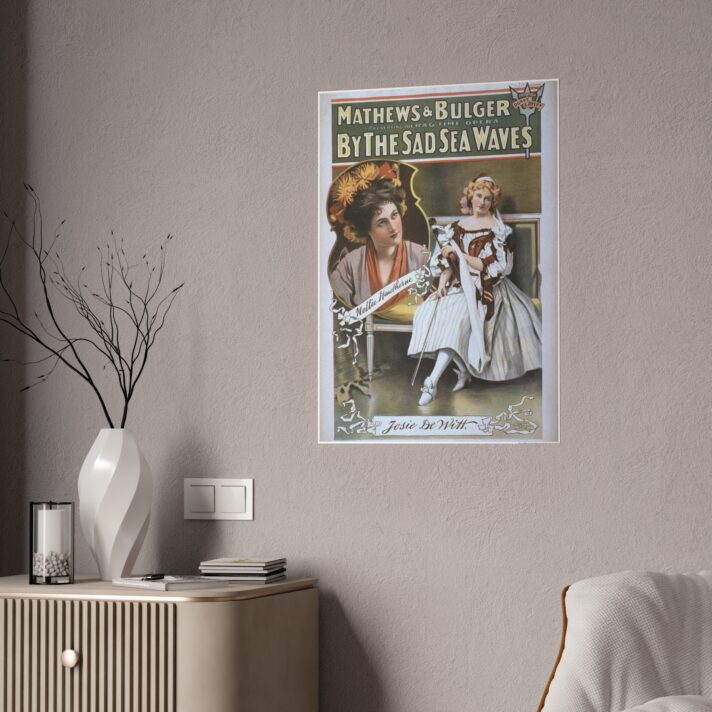
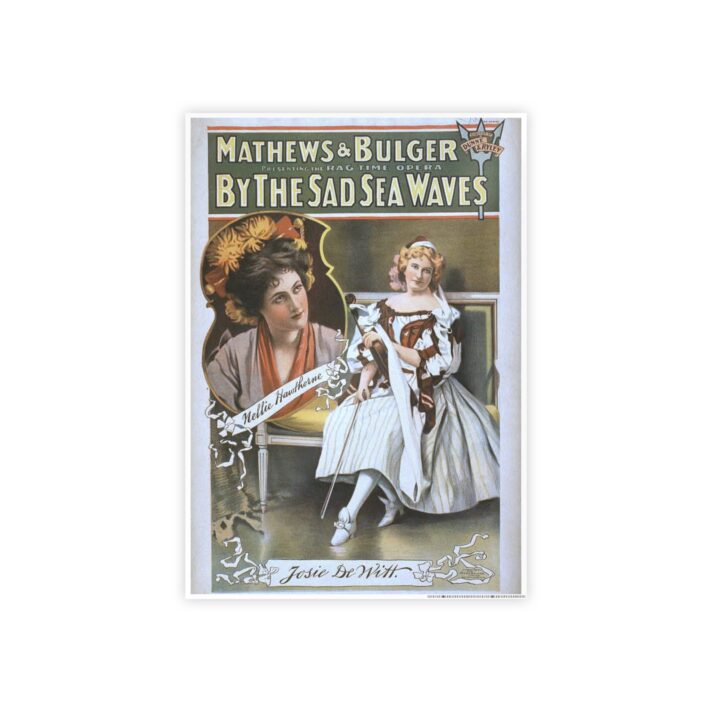
Vintage Gloss Poster – ‘By the Sad Sea Waves’ – Classic Art for Home Decor
Price range: $20.00 through $32.00 -
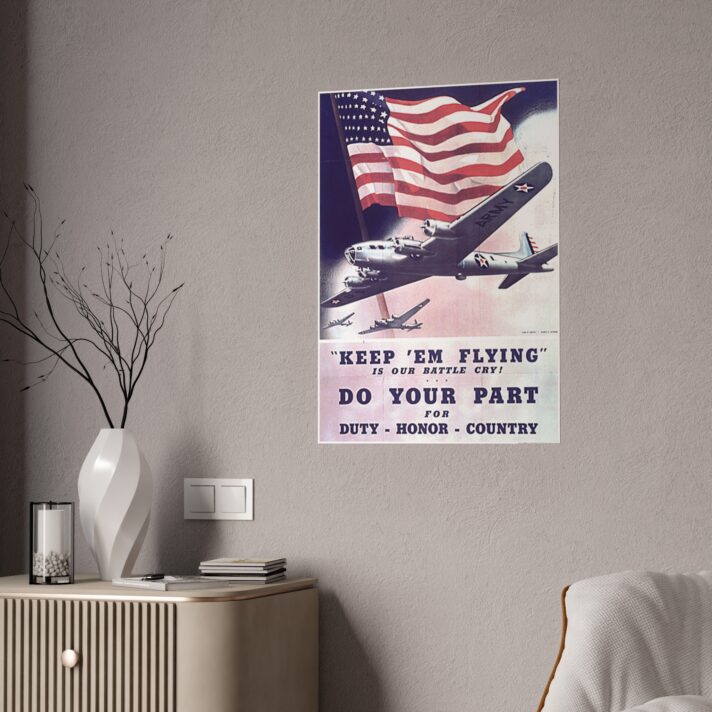

Vintage Military Gloss Poster – Keep ‘Em Flying – Patriotic Wall Art
Price range: $20.00 through $32.00
Selecting the perfect wall art for your home can greatly impact the aesthetic of a room. Wall art can bring together different elements in a space, serve as a focal point, and contribute personality and style. It is essential to choose wall art that complements your furniture for a cohesive and harmonious design.
When choosing wall art that matches your furniture, the initial step is to think about the style of your furniture. Do you lean towards modern and minimalist pieces, or do you prefer more classic and intricate designs? Knowing the style of your furniture will assist you in choosing wall art that complements and elevates the overall look of the room.
For a sleek and minimalist design in your modern furniture, opt for abstract or geometric wall art. This type of artwork will enhance the clean lines and contemporary feel of your furniture, creating a stylish focal point in the room with bold colors and graphic shapes.
For those with traditional furniture featuring intricate details and ornate finishes, choosing classic and timeless wall art pieces is recommended. Framed prints or paintings in rich, warm tones that reflect the elegance of the furniture are ideal. Landscape or portrait artwork with a traditional feel can enhance the ornate detailing of the furniture and bring a sense of refinement to the room.
Consider the color palette of the room when selecting wall art that complements your furniture. Match the hues of your furniture with the artwork to create a cohesive look. Choose pieces that have a similar color scheme or opt for complementary colors to enhance the overall design of the room.
If your furniture has a neutral color palette, enhance it by incorporating a vibrant piece of wall art for a bold pop of color. This will draw attention and enhance the visual appeal of the room. Conversely, if your furniture already includes various colors, choose neutral-toned wall art to balance the palette and establish a harmonious aesthetic.
When selecting wall art for your home, remember to balance the scale of the artwork with the size of your furniture. It’s important for the art to be proportionate to both the wall and the furniture to create a cohesive look. Oversized pieces can overpower a room and make furniture seem insignificant, while smaller art may be lost on a large wall or next to bulky furniture. Consider the overall balance and visual impact when choosing art for your space.
Make sure to measure the wall space before choosing wall art and consider how it will complement the surrounding furniture. A good guideline is to select wall art that is about two-thirds the width of the furniture it will be displayed above. This will ensure a balanced and cohesive look, preventing the artwork from being too overwhelming or underwhelming compared to the rest of the room.
When choosing wall art, make sure to take into account the style, color, and size in relation to your furniture. It’s crucial to pick pieces that align with your personal taste and reflect your unique style. Opt for artwork that resonates with you and brings you joy, as it will showcase your personality and infuse warmth and individuality into your living space.
When shopping for wall art, consider exploring different options to discover pieces that resonate with you and enhance your furniture. Try combining various types of artwork, like framed prints, canvas paintings, and photographs, to design a diverse and engaging gallery wall. Experiment with different styles, colors, and textures to craft a vibrant and visually captivating display.
In summary, selecting wall art that complements your furniture is a crucial element in establishing a unified and balanced design scheme in your living space. Take into account factors such as style, color, size, and personal preferences when choosing wall art to cultivate a space that showcases your individuality and taste. By adhering to these suggestions and principles, you can pick out wall art that elevates the ambiance of your room, resulting in a visually striking and welcoming environment for both yourself and your visitors.
-


Vintage 4D Man Gloss Poster – Retro Sci-Fi Wall Art
Price range: $20.00 through $32.00 -


Vintage Gloss Poster – ‘By the Sad Sea Waves’ – Classic Art for Home Decor
Price range: $20.00 through $32.00 -


Vintage Military Gloss Poster – Keep ‘Em Flying – Patriotic Wall Art
Price range: $20.00 through $32.00




